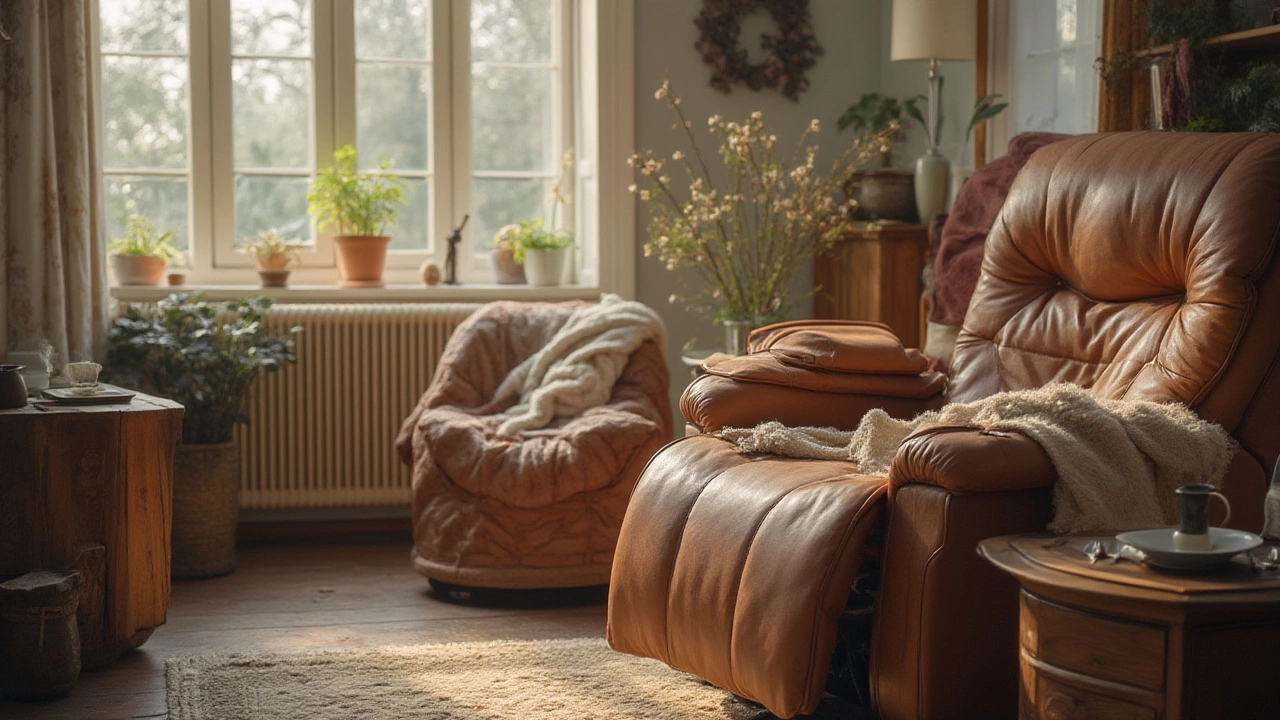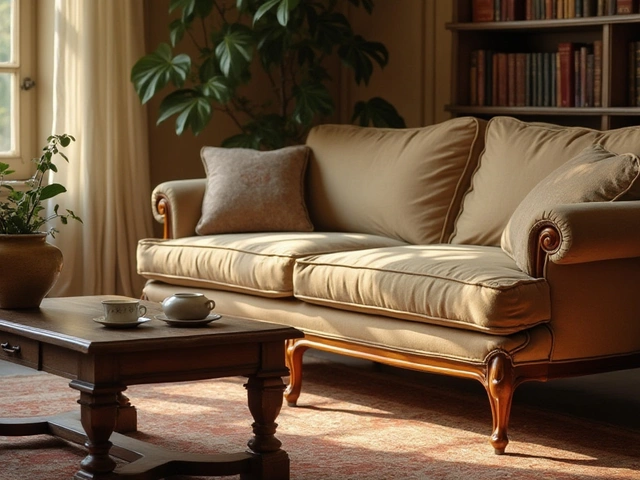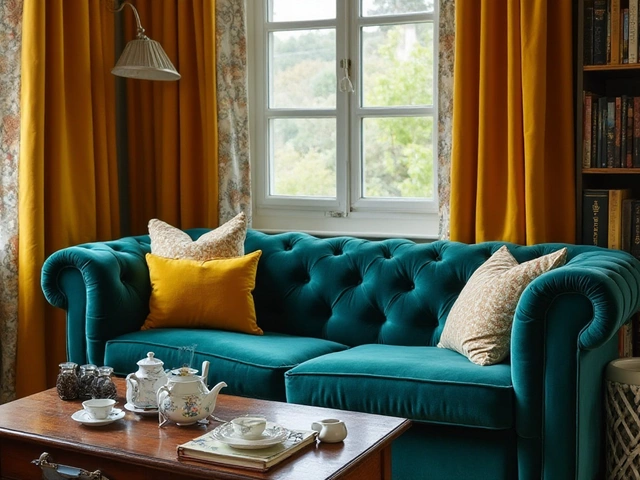Furniture Value: How to Get Quality Without Overpaying
Ever wonder why a sofa that looks cheap can actually last for years, while an expensive one starts to sag after a few months? The secret isn’t just the price tag – it’s about understanding what makes a piece of furniture worth its cost. In this guide we’ll break down the main factors that create real value, share quick tricks to spot hidden mark‑ups, and show you where to find stylish pieces that don’t break the bank.
How to Spot Real Value in Furniture
First, look at the frame. A solid hardwood frame (like oak or beech) is a strong indicator of durability. If the description mentions “particle board” or “MDF”, expect a shorter lifespan, even if the upholstery looks fancy.
Second, check the joints. Dovetail or mortise‑and‑tenon joints mean the piece was built to hold up, while cheap staples or nails hint at a quick‑assembly design. You can usually see this in the product photos or ask the retailer for a close‑up.
Third, think about the upholstery. Natural fabrics such as cotton, linen, or leather tend to age well and can be re‑upholstered later. Synthetic blends may look great now but often fade or pill faster.
Lastly, consider the brand reputation. Articles like “Best Furniture Companies: Find Quality, Style, and Value for Your Home” point out that established makers often offer better warranties and after‑sales support. A higher upfront cost can actually save you money in the long run if the company stands behind its products.
Smart Ways to Save on Your Next Purchase
One of the biggest money traps is the hidden markup on sofas. The “Average Couch Markup” piece reveals that retailers can add 100% or more to the factory price. To avoid this, compare the listed price with the manufacturer’s suggested retail price (MSRP) – the difference often shows the markup.
Buy in the right size. The “Most Popular Sofa Size” article notes that a standard 3‑seater (about 84 inches) fits most living rooms and costs less than oversized sectionals. If you don’t need extra seating, stick to the classic dimensions and skip the premium price.
Look for sales during off‑season months. Many stores discount furnishings after the holidays or before summer collections arrive. Signing up for newsletters can give you early access to these deals.
Consider buying a cushion set separately. Styling a 3‑seater couch with cushions, as described in “How to Style a 3‑Seater Couch with Cushions”, is an easy way to refresh a sofa without replacing the whole piece. New cushions can make an older sofa feel brand‑new for a fraction of the cost.
Finally, don’t ignore second‑hand options. A well‑kept piece from a reputable brand often costs half the price of a new one, and you can still get the same frame quality and design.
By focusing on the frame, joints, upholstery, and brand reputation, you’ll be able to tell whether a piece is truly worth its price. Combine that knowledge with smart buying tactics – checking mark‑ups, choosing the right size, timing sales, and adding new cushions – and you’ll build a stylish, long‑lasting home without overspending.

Why Are Lazy Boy Recliners So Expensive? Unpacking the Price Tag
Curious about why Lazy Boy recliners cost so much? We break down the real reasons behind the high price, from materials to branding, plus smart shopping tips.
Categories
- Storage (27)
- Bathroom (18)
- Sofas (15)
- Curtains (15)
- Home Decor (12)
- Bedding (11)
- Kitchenware (11)
- Cushions (11)
- Mirrors (10)
- Rugs (9)
Popular Articles



